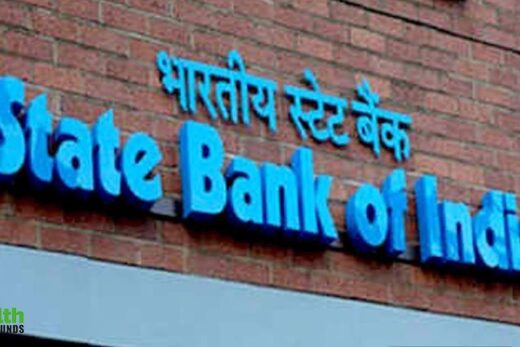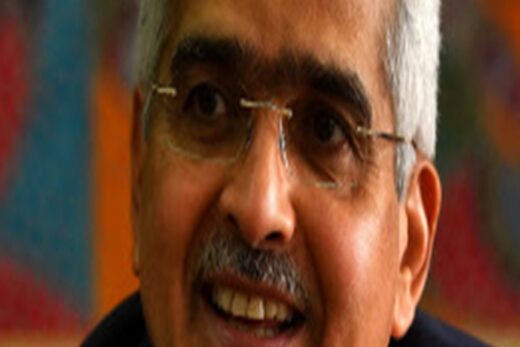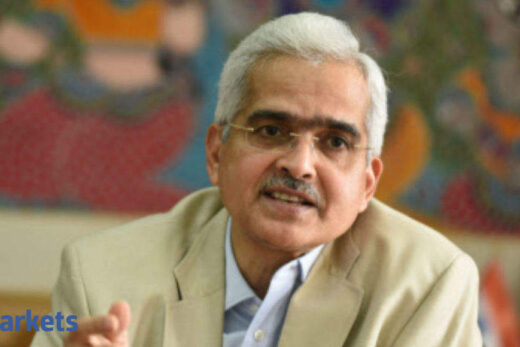A basis point is 0.01 per cent.
The benchmark paper slipped on the traded volume rankings for sovereign securities in the past two days, reflecting drying liquidity in a set of bonds supposed to be in maximum demand. It was ranked seventh on Tuesday.
Overnight indexed swap (OIS), a derivative instrument to signal future rate movements, is reflecting an increase in rates. The two-year gauge surged about 30 basis points to 4.35 per cent Tuesday from the June 14 closing price. India’s retail inflation since printed much above the average market expectations and US Federal Reserve hinted at two rate increases in 2023, bringing forward the calendar on liquidity normalization.
“The Fed policy outlook coupled with local inflation print brought about the change in the interest rate sentiment,” said Naveen Singh, head of trading at ICICI Securities Primary Dealership. “Derivative gauges are clearly pointing to an increase in interest rates over a period of time. Barring the benchmark, other sovereign yields too shot up over a week’s time.”
India’s consumer prices rose 6.3 per cent in May, breaching the upper limit of the Reserve Bank of India’s retail inflation band, primarily due to rising global crude oil prices. This could well thwart the central bank’s efforts to regain growth momentum for the local economy, eclipsed by the second wave of coronavirus infection.
The OIS gauge with five-year maturity yielded 5.31 percent, 24 basis points higher than the level reported more than a week ago.
“The central bank may soon be able to dial back on its level of intervention even as some level of bond market support may be necessary for a longer term to ensure an orderly evolution of the yield curve,” said Suyash Choudhary, head-fixed income, IDFC Mutual Fund.
The benchmark yield has been trading in the narrow range of 5.98-6.03 percent over a week. It was little changed at 6.02 percent Tuesday.
In sharp contrast to the benchmark paper, a particular series maturing in 2026 yielded 12 basis points higher since June 14. This is one of the most traded papers now.
“After the May CPI print and the FOMC minutes, the market has started anticipating normalisation of rates,” said Arun Srinivasan, Senior Executive Vice President and head of Fixed Income, ICICI Prudential Life Insurance. “While the benchmark yield has remained anchored at 6 per cent due to RBI’s GSAP (Government Securities Acquisition Programme) and OMOs (Open Market Operations), the rest of the points on the government security and corporate bond yield curve have started moving higher.”
Mint Road has bought benchmark papers through such plans. The floating stock is estimated to be around 15-20 percent of Rs 1.19 lakh crore in the secondary market, dealers said.
Yields in long term papers with 14- and 29-year residual maturities rose up to 16 basis points in the primary weekly auctions in the past four-five weeks.



